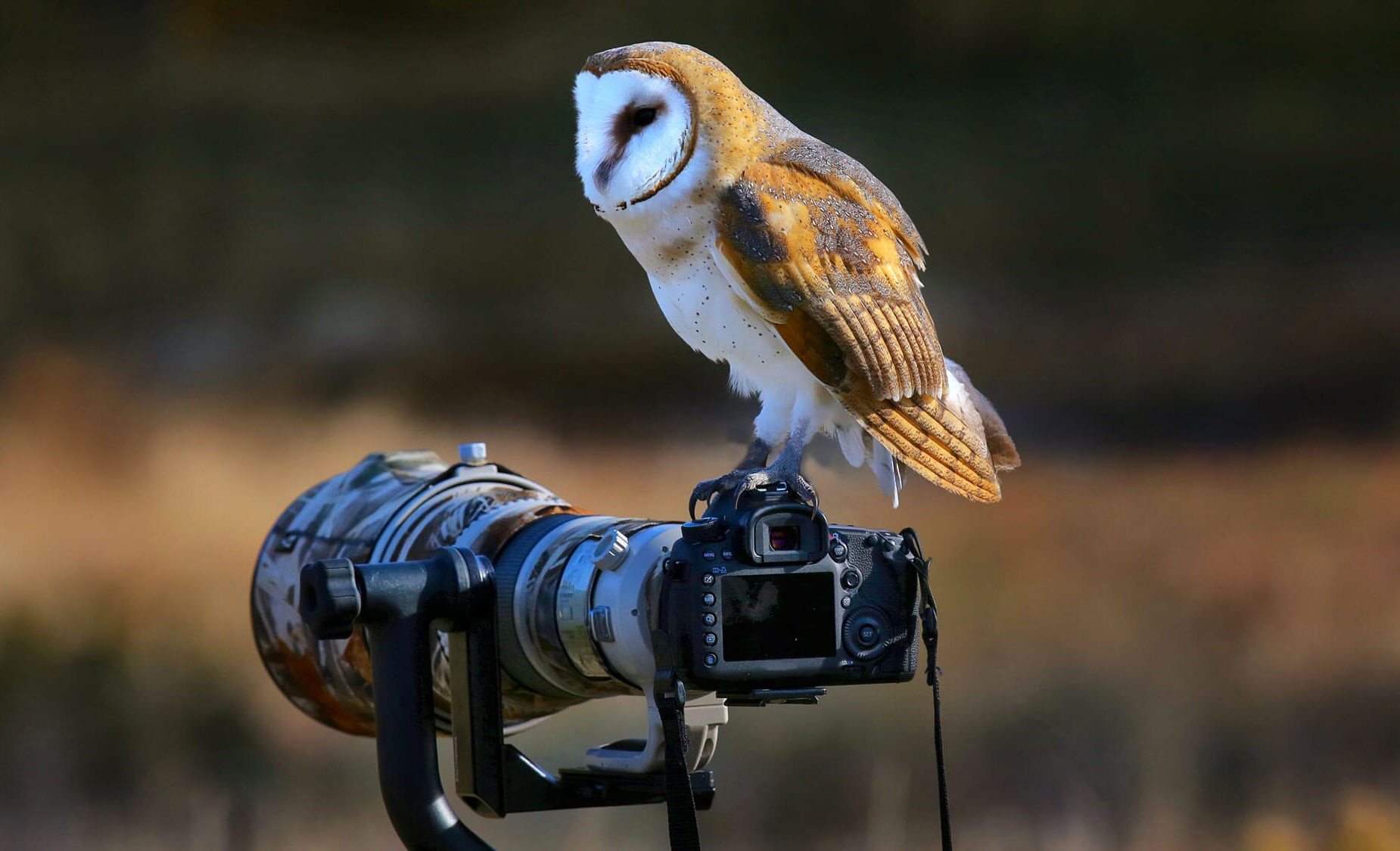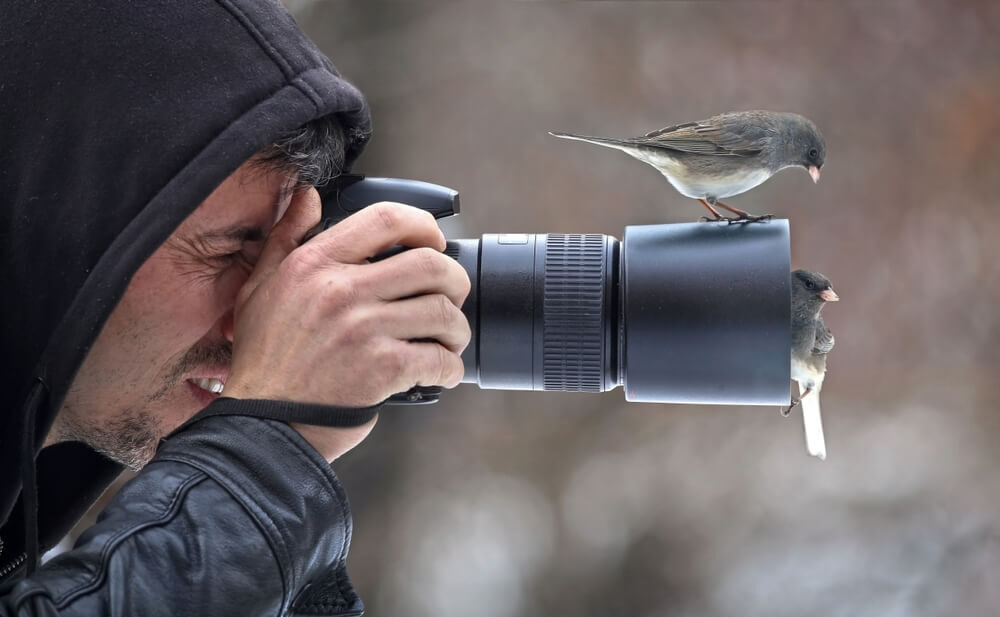Bird photography is a captivating blend of patience, precision, and nature appreciation. Whether you’re in a dense forest, near a serene lake, or even your backyard, the thrill of capturing a bird in mid-flight or in a serene pose is unparalleled.
This photography niche requires a deep understanding of both your equipment and your subject. Unlike studio photography, bird photography is dynamic and unpredictable, pushing the photographer to adapt quickly to ever-changing natural settings.
Getting started in bird photography means being prepared, both technically and mentally. From choosing the right camera gear to understanding avian behavior, every step plays a role in producing a frame-worthy shot.
In this guide, we will explore essential equipment, field techniques, light and timing tips, and ethical practices to help you become a proficient wildlife shooter.
Bird Photography: Choosing The Right Camera And Lenses
The cornerstone of successful bird photography lies in your gear. Since birds are often small, fast, and at a distance, having the proper camera and lens setup is non-negotiable.
A DSLR or mirrorless camera with a fast autofocus system and good ISO performance is ideal. Look for models with high frame-per-second (FPS) shooting rates to increase your chances of capturing the perfect moment.
When it comes to lenses, a telephoto lens with a focal length of at least 300mm is a must. Lenses in the 400mm–600mm range are commonly used by serious bird photographers.
A 100–400mm zoom lens offers versatility for those who are just starting and may encounter birds at varying distances. Stabilization tools such as monopods, tripods, or even bean bags can make a significant difference when shooting at long focal lengths.
Accessories like rain covers and extra batteries are also crucial for extended field sessions. A good investment in gear ensures that your bird photography results are sharp, well-composed, and high-quality.
How To Approach Birds Without Disturbing Them
Understanding bird behavior is just as important as mastering your equipment. A successful bird photography session starts with respecting your subject.
Quick movements or loud noises can easily scare birds away, losing a great shot and potentially disturbing their natural routines. Start by observing the birds from a distance using binoculars. Once you’ve located your subject, approach slowly and quietly.
If possible, wear neutral or earth-toned clothing that blends in with your surroundings. Avoid direct eye contact, as many bird species perceive it as a threat. Using a blind or hide is a popular method among bird photographers.
These portable covers allow you to stay out of sight while still being close enough to get an intimate shot. In many cases, patience is more valuable than proximity. Waiting quietly in one spot can yield better results than trying to chase after birds.
Respecting the birds’ space not only improves your chances of a good photo but also ensures that bird photography remains an ethical and conservation-minded activity.
Bird Photography: Mastering Focus And Shutter Speed
Fast-moving subjects demand fast reflexes and technical precision. One of the biggest challenges in bird photography is achieving tack-sharp focus, especially when the bird is in motion.
Continuous autofocus (AF-C or AI-Servo) mode is essential, as it allows your camera to maintain focus on moving subjects. Use a single-point or dynamic-area focus setting to lock onto the bird’s eye.
Sharp eye focus can transform an ordinary bird image into an exceptional one. If your camera supports subject tracking with AI or eye detection, take advantage of it—many newer models excel at this feature.
Shutter speed is equally crucial. To freeze a bird in flight, use a shutter speed of at least 1/1600s. For perched birds, 1/800s or higher is usually sufficient.
A higher ISO setting may be required to maintain these fast shutter speeds, especially in lower light conditions.
Proper technique in these areas will significantly improve your bird photography success rate, giving you crisp, detailed, and expressive images.
Lighting And Timing Tips For Capturing The Best Shots
Lighting can make or break a bird photography composition. The golden hours—shortly after sunrise and before sunset—offer the most flattering light. During these times, the sun is low, casting a warm glow that adds depth and contrast to your images.
Backlighting can create a striking silhouette effect, while side lighting can bring out the texture in a bird’s feathers. Overcast days also offer a unique advantage: diffused light that reduces harsh shadows and provides a soft, even look across your frame.
Timing is also about bird behavior. Many species are most active in the early morning as they search for food or interact with mates.
Planning your shoot around these peak activity times will increase your chances of capturing dynamic interactions or unique poses. Consider tracking seasonal migrations or nesting periods, as these offer extraordinary opportunities for unique images.
By understanding both light and time, your bird photography will reflect not just technical skill, but also a keen awareness of nature’s rhythms.
Bird Photography: Ethical Guidelines For Wildlife Shooters
With great access comes great responsibility. Bird photography should always be conducted in a way that prioritizes the welfare of the subject. Ethical bird photographers adhere to guidelines that prevent stress or disruption to wildlife.
Avoid disturbing nests or using audio calls to lure birds, especially during breeding seasons. Feeding wild birds to get them closer for a shot is also discouraged, as it can create dependency or alter natural behaviors.
Do not share the exact location of rare or endangered species, as this can attract crowds and threaten the habitat. Be mindful of your surroundings and leave no trace—clean up after yourself and avoid damaging vegetation.
Respect local laws and protected areas. When photographing in national parks or reserves, adhere to all rules and guidelines. Ethical bird photography not only produces great images but also fosters a culture of respect for nature.
By being both an artist and a steward of the environment, you ensure that bird populations continue to thrive and inspire future generations of photographers.
See you in the next post,
Anil UZUN

